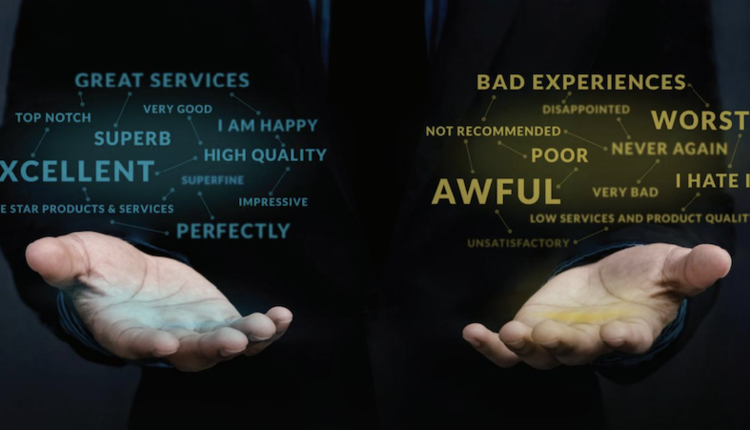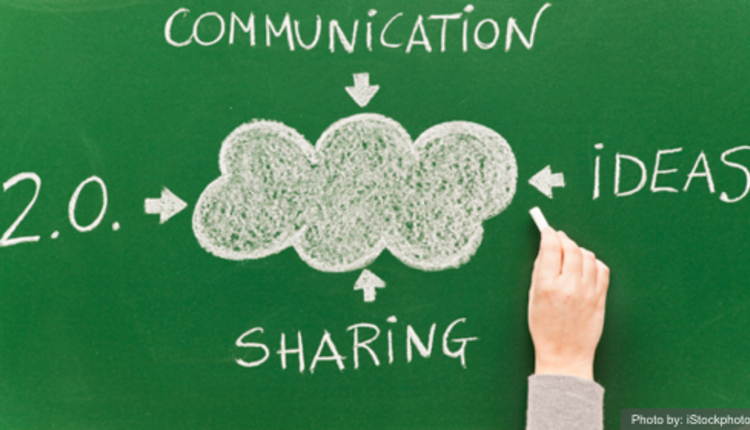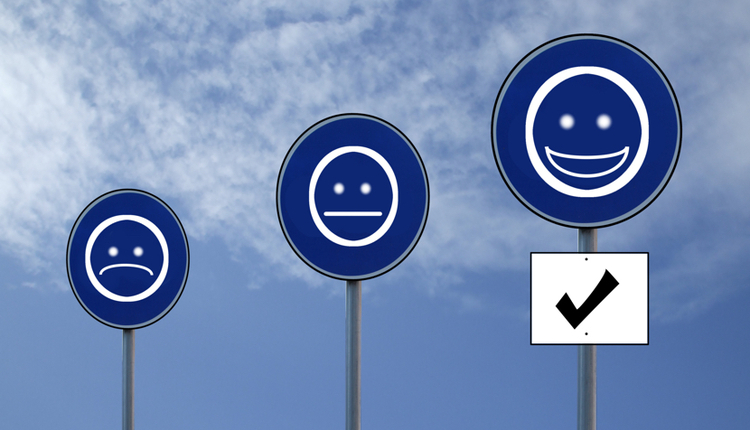
Image by: olm26250, ©2018 Getty Images
Take a moment to think about the communications you receive in your mailbox or inbox. Now, which communications stand out to you? If you're like the majority of consumers, the answer is your bills and statements. In fact, 97% of us spend two to five minutes reviewing them each month, because they demand our attention.
It’s astonishing how many companies overlook this customer engagement vehicle and only view the bill for collection purposes or the statement for obligatory updates. Bills and statements often read like an impersonal receipt of services rendered or an account summary rather than one of the strongest touchpoints you have with your customers—every month.
Here are five tips to unleash the power of these attention-grabbing communications and deliver a better customer experience.
1. Show Your Value
Adding customized information to your bills and statements inherently brings value to your customers. In fact, more than a third of consumers desire customized and more relevant information. For example, instead of a telecommunications company simply specifying the total amount owed, the bill can include historical usage information, relevant offers, and tips on how to best leverage the service plan. This data-driven engagement reinforces and reminds customers why they are doing business with you.2. Make It Interactive
Imagine if that same customized bill was also interactive, enabling customers to click on content and retrieve additional personalized information. Data can be simplified in charts (e.g., usage history and investment performance over time), and intelligent offers can be delivered based on customer behavior, interests, and propensity models. Dynamic digital capabilities allow businesses and consumers to interact in new and more meaningful ways—and the results are measurable.3. One Size Doesn’t Always Fit All
As more communication channels emerge, it’s important to have a comprehensive communications strategy. The transition from print to digital is increasing at a steady rate, but it still must be managed with the customer in mind. For example, one of our clients completely eliminated print communications as they moved to digital. To their surprise, customers who always paid on time previously were suddenly missing their payments. After a bit of investigating, the company discovered that customers used the digital bill for payments, interactions, and archival purposes, but the print version was their physical reminder to pay! Customers wanted both print and digital communications. Ask your customers what communication channels they prefer, and then clearly communicate what they can expect based on their choices.4. Be Seamless and Consistent
Given that 95% of consumers use three channels regularly and switch screens 21 times an hour, it’s important to create a consistent customer experience across channels. Customers are focused on the task they want to accomplish—like paying their bill and reviewing their account balance—not on the channel they are using to do the task. You need to be able to store the state of an interaction on multiple devices so that the consumer’s activity can be seamless from one device to another. This requires employing intelligent data and archival, managing preferences, applying cross-channel business logic, and implementing responsive design.5. Improve as You Go
As you execute the above tips (i.e., deliver personalized, interactive content on your bills and statements seamlessly and consistently across channels according to customer preferences), you can measure responses and apply this knowledge to next month’s communication. This continuous improvement process gives you the opportunity to introduce new content that can lead to better outcomes—for your customers and your business.For more information on how to balance your content, channels, and data to capture the tremendous marketing potential of your bills and statements, view our infographic.
Rob Krugman is the Chief Digital Officer for Broadridge, where he leads digital strategy and innovation to ensure brands are engaging with their customers in the digital channels they use daily. He writes regularly about the future of omni-channel engagement, consumer preferences, identity management, and brand digitization strategies. Follow him on Twitter @robkrugman.










